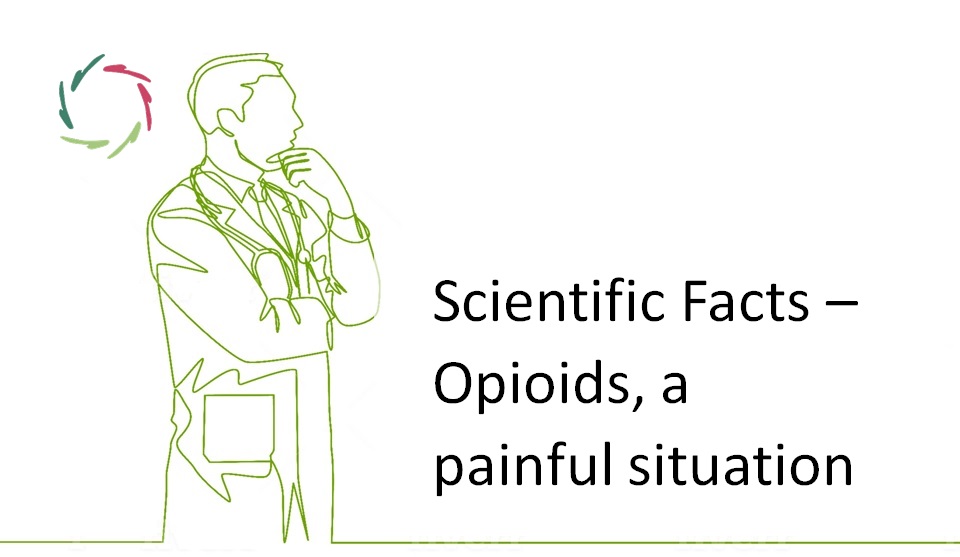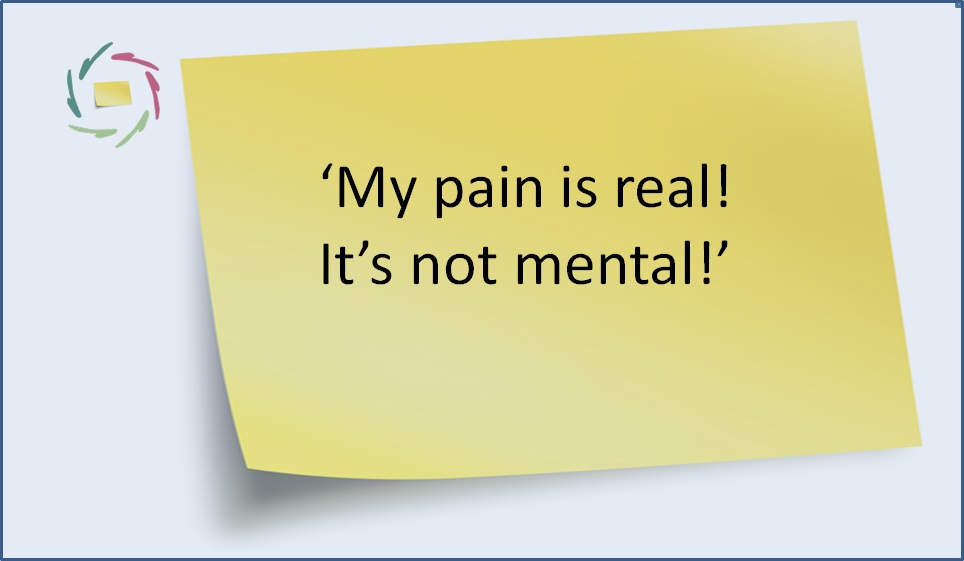Opioids, a painful situation

One of the chapters in Part 4 of this book is about chronic pain. Also, in 2020, my Read&Do book about chronic pain gets published. Of course, this is not a ‘cure for all.’ From the beginning – when I started my practice as a physician and was being intrigued by the placebo effect – my aim was to know more about this and make it ‘open to the public.’ It has not been an easy ride. My reasoning back then and still now is simple: first use yourself, your ‘mind as cure,’ then see where you get and decide about the need for medication, such as painkillers. They are not fake, but as we all know, they may be prescribed and taken way too much with detrimental results.
In 2016, an estimated 50 million adults in the United States (1.5 billion worldwide) were living with chronic pain, many of whom were prescribed opioid medications, of which a substantial quantity go on transitioning to heroin or fentanyl. The death toll on opioid overdose in the US amounts to +/- 50.000 per year (https://www.drugabuse.gov/drugs-abuse/opioids/opioid-overdose-crisis). At the same time, pain is more costly than diabetes, heart disease, and cancer combined, with combined estimates reaching up to $635 billion (medical costs and lost productivity) each year in the US alone [Darnall et al., 2018].
The adaptation of the body to daily administration of opioids happens rapidly. Over a few weeks of daily opioid use, most people develop a degree of physical dependence, with noxious symptoms – not dangerous by themselves but ranging from mild to intolerable – arising when the drug is suddenly withdrawn.
Still, the positive effects of opioids on chronic pain are uncertain, with less pain relief during longer trials, perhaps as a result of opioid tolerance or opioid induced hyperalgesia (hypersensitivity to painful stimuli). A reduced benefit over time may lead to prescription of higher opioid doses causing physical dependence. Aggressive tapering approaches lead to clear nocebo (hyperalgesia) effects [Hoffman, 2018]. Treating pain effectively requires careful attention to the psychological dimensions of pain and, when relevant, opioid reduction [Darnall, 2014].
In a systematic review of 96 high-quality controlled studies totaling 26.169 patients with chronic noncancer pain, evidence showed that opioid use was associated with only small improvements in pain (6.9 mm on a 100-mm visual analog scale for pain, where 11 mm is regarded as a minimal clinically significant change) and physical functioning compared to placebo [Busse et al., 2018]. Comparisons of opioids with nonopioid alternatives suggested that the benefit may be similar. In short, there is a pain crisis and on top of it, without substantially relieving it, an opioid crisis. May it be time for one’s own mind as cure?
As pointed out by Darnall and Colloca (and many others), in the context of pain, the placebo effect releases endogenous opioids and cannabinoids in the brain – as shown in vivo in many brain scan studies – and facilitates analgesia from exogenously administered opioids. Placebo effects are linked to several psychological factors such as suggestibility, empathy, dispositional optimism, somatic focus, neuroticism, altruisms, and the locus of ego-reliance.
Nocebo hyperalgesia (expectation of worsening pain) opposes endogenous opioid analgesia and patient engagement in prescription opioid tapering [Darnall et al., 2018]. Anxiety, harm avoidance and pain catastrophizing are associated with nocebo effects. Tapering should be compassionate. Not only out of friendliness but because it is also the most efficient way. People need to be well supported in this. There is no more time for a hard line that is actually a weak one, nor for a soft line that has nothing to do with a gentle one. Confronted with such dire problems, one needs to be compassionate. Nothing else is acceptable. Too many human lives – and I also mean: while very much being alive – are at stake.
The World Health Organization guidelines acknowledge that pain in children is a major public health concern of high significance in most parts of the world. Yet the use of opioids to treat chronic non-cancer pain in children and adolescents is insufficiently investigated to draw conclusions about efficacy or harm [Klinger et al., 2018]. This is also the case for paracetamol (acetaminophen) [Cooper et al., 2017], antidepressants [Cooper et al., 2017b], antiepileptic drugs [Cooper et al., 2017c], and non-steroidal anti-inflammatory drugs [Eccleston et al., 2017].
Cannabis? A Cochrane review of 10 studies in chronic neuropathic pain totaling 1586 participants was published in 2018. According to this, cannabis-based medicines increase the number of people achieving pain relief of 30% or greater compared with placebo in 39% versus 33% of cases, with a moderate quality evidence. Nervous system adverse events were noted compared with placebo in 61% versus 29% of cases. Psychiatric disorders occurred in 17% of participants using cannabis-based medicines versus 5% using placebo. The authors conclude that potential benefits of cannabis-based medicine might be outweighed by their potential harms [Mücke et al., 2018].
So, what to do? Present-day psychological treatments of pain do not seem to be a strong alternative to opioids. In a comprehensive review of behavior therapy and cognitive behavioral therapy, the Cochrane Collaboration found little to no positive effect on pain, disability, catastrophizing or mood when compared to active controls, except a small to moderate improvement immediately following treatment [Williams et al., 2012]. According to a 2017 review of 38 randomized controlled trials, mindfulness meditation seems to improve pain and quality but “with a small decrease in pain compared with all types of controls.” Also, with little impact on medication use and with low-quality of evidence. The authors state that additional well-designed, rigorous, and large-scale studies are needed to decisively provide estimates of efficacy for chronic pain [Hilton et al., 2017]. The authors conclude with “In the meantime, chronic pain continues to pose a tremendous burden on society and individuals. A novel therapeutic approach for chronic pain management such as mindfulness meditation would likely be welcomed by patients suffering from pain.“
Dear reader, you know my thoughts.


